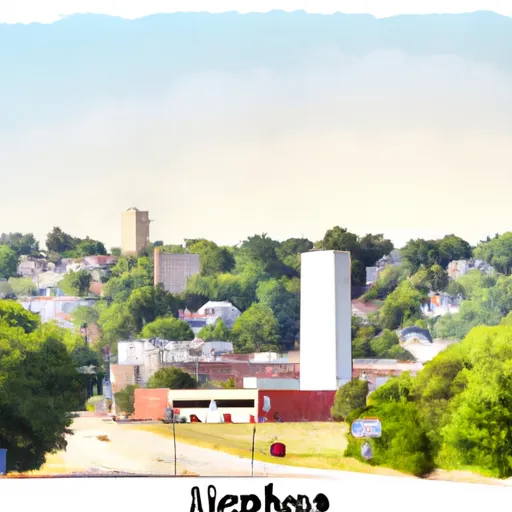°F
°F
mph
Windspeed
%
Humidity











Lebanon, Wisconsin, located in the southeastern part of the state, offers a picturesque environment with a moderate climate and diverse outdoor recreation opportunities. The region experiences all four seasons, with warm summers and cold winters. Average temperatures range from the mid-20s°F (-4°C) in winter to the mid-80s°F (29°C) in summer.
Lebanon is surrounded by several lakes and rivers, making it a haven for water enthusiasts. The Rock River flows through the town, providing opportunities for boating, fishing, and kayaking. Nearby lakes like Lake Lac La Belle and Okauchee Lake offer additional water activities, including swimming, water skiing, and sailing.
Outdoor recreation opportunities extend beyond the water. Lebanon boasts beautiful parks and nature preserves, such as Kettle Moraine State Forest, which offers hiking and biking trails, camping, and wildlife viewing. The Ice Age Trail, a 1,200-mile footpath, passes through the area, providing opportunities for long-distance hiking.
In summary, Lebanon, Wisconsin's moderate climate, abundance of water resources, and diverse outdoor recreation opportunities make it an ideal destination for nature lovers and outdoor enthusiasts alike.
Weather Forecast
Lebanon receives approximately 870mm of rain per year, with humidity levels near 79% and air temperatures averaging around 8°C. Lebanon has a plant hardyness factor of 5, meaning plants and agriculture in this region thrive during a short period during spring and early summer. Most plants will die off during the colder winter months.
Regional Streamflow Levels
3
Cubic Feet Per Second
369
Cubic Feet Per Second
23
Cubic Feet Per Second
101
Cubic Feet Per Second
Nearby Camping
| Camping Area | Reservations | Toilets | Showers |
|---|---|---|---|
| Sam Dale Lake Conservation Area | |||
| Coon Creek - Shelbyville Lake | |||
| Friends Creek Regional Park | |||
| Livingston County 4-H Park | |||
| Jurgens City Park | |||
| Stephen A. Forbes State Park |



